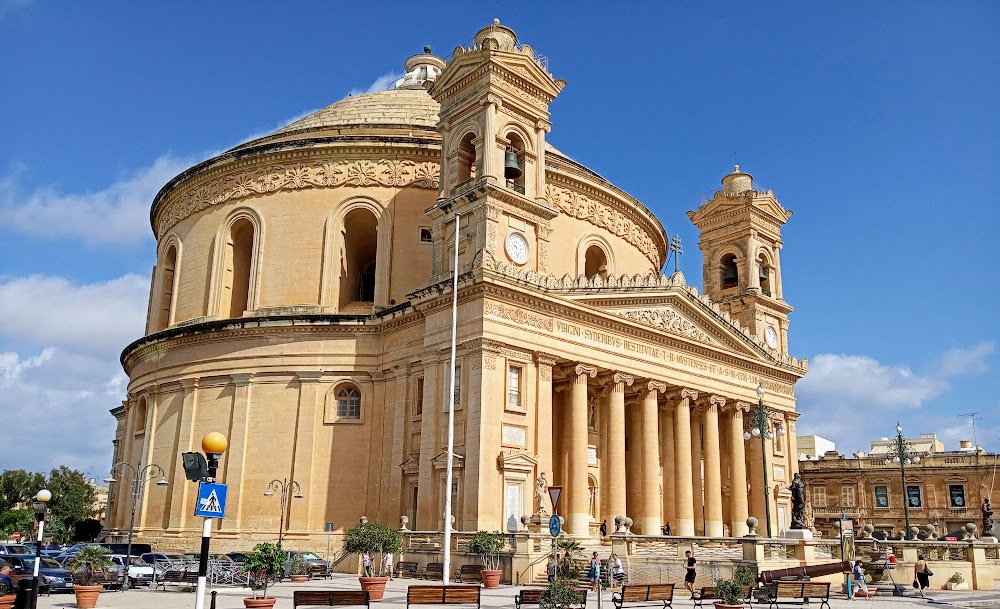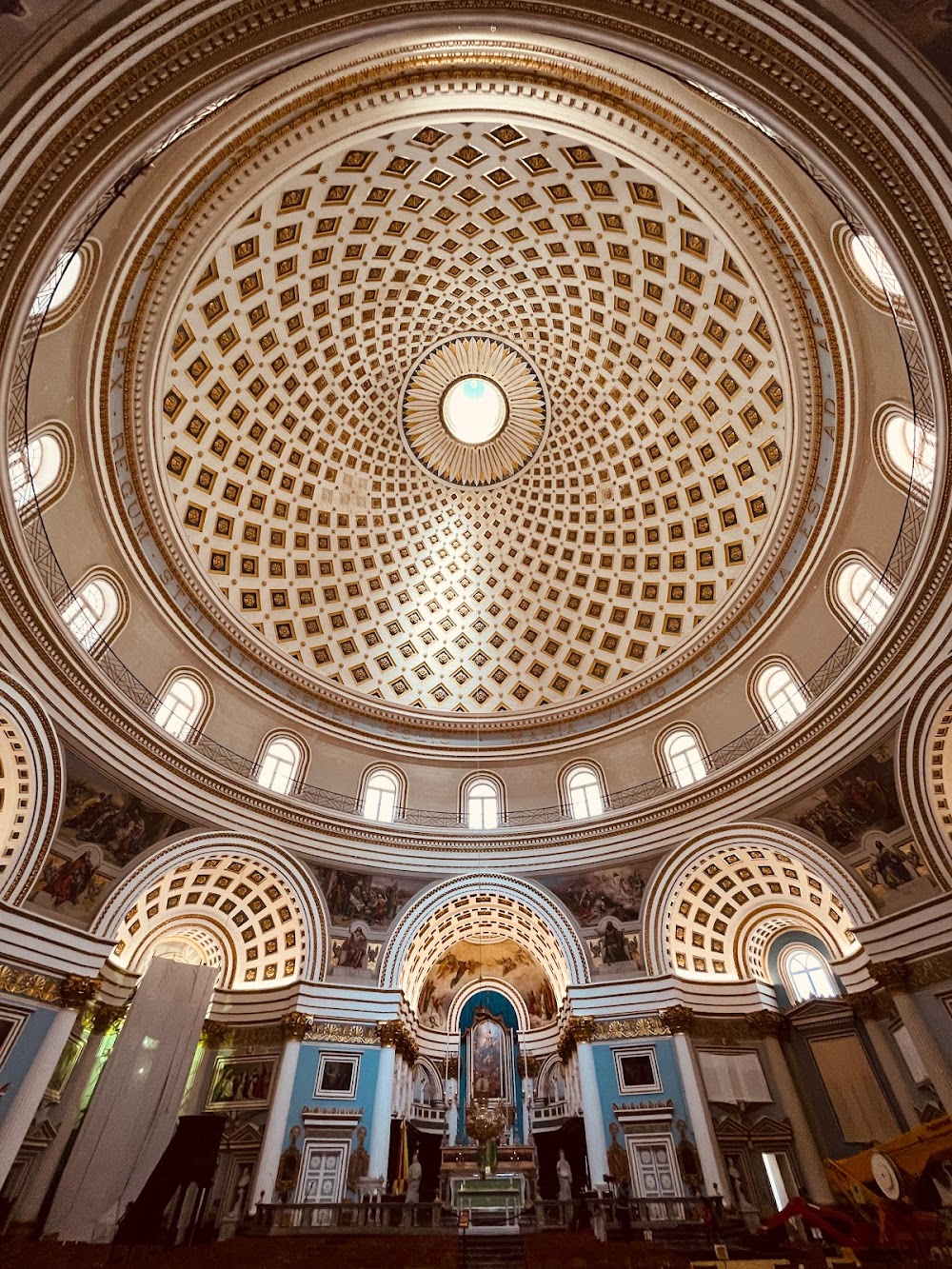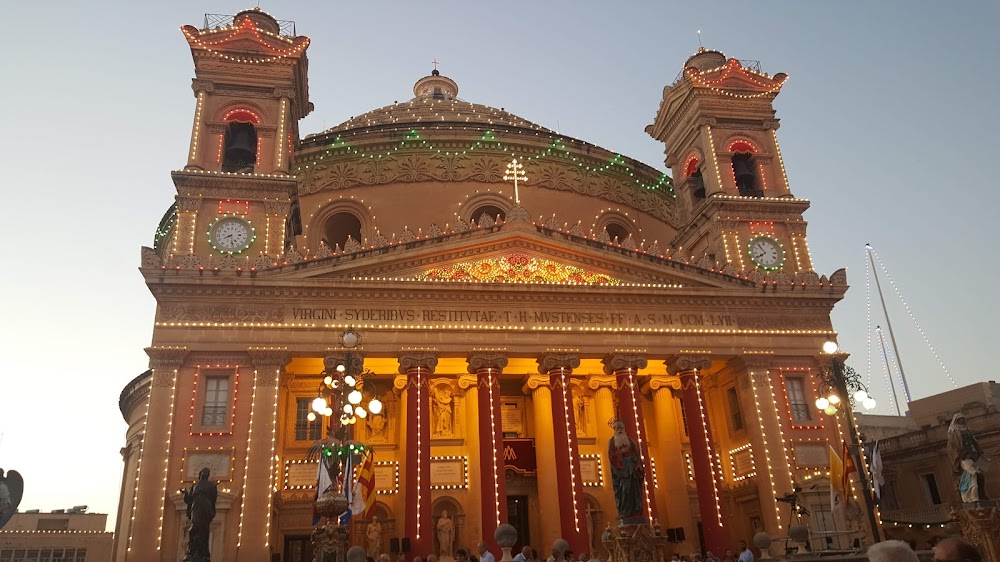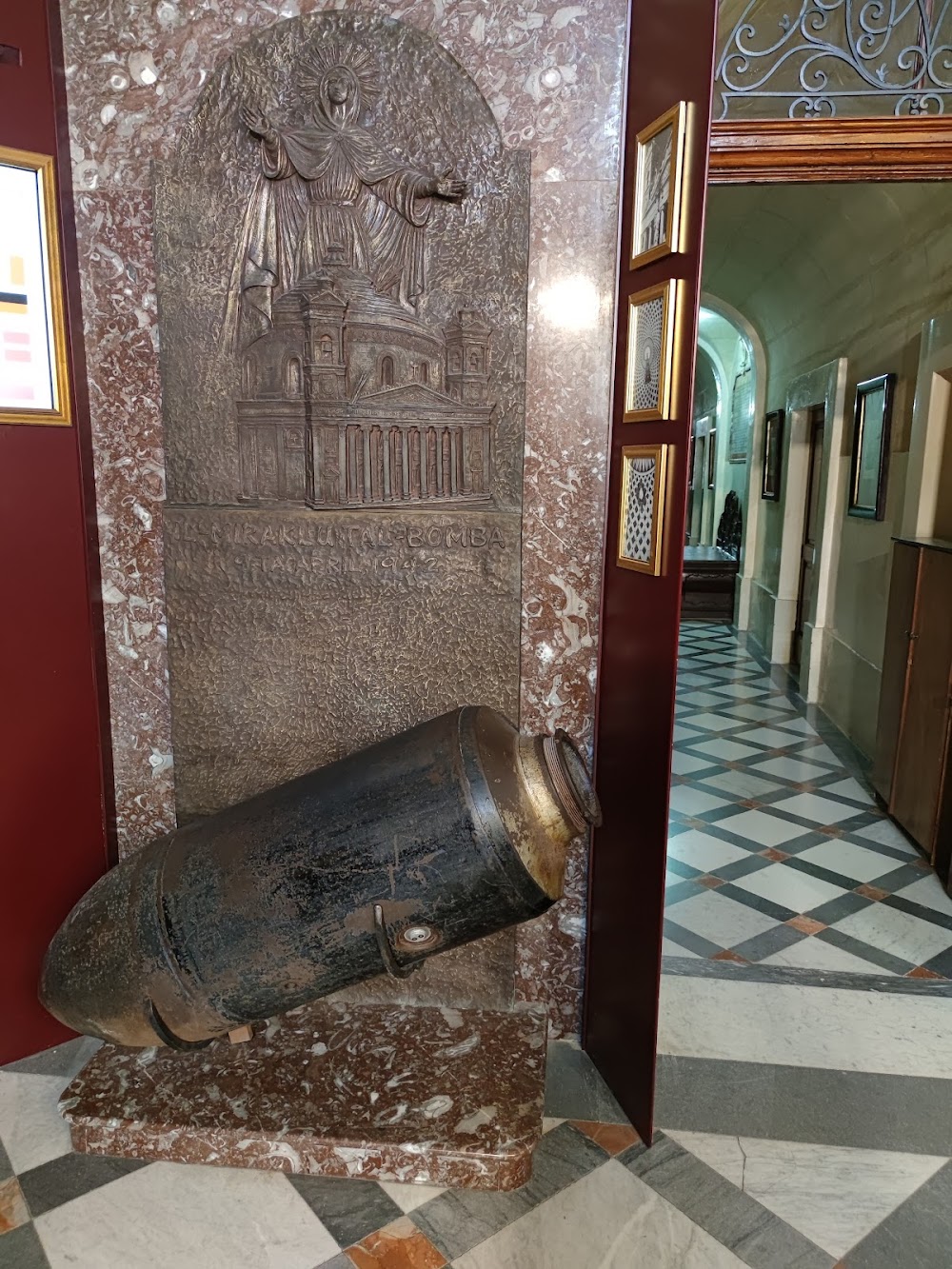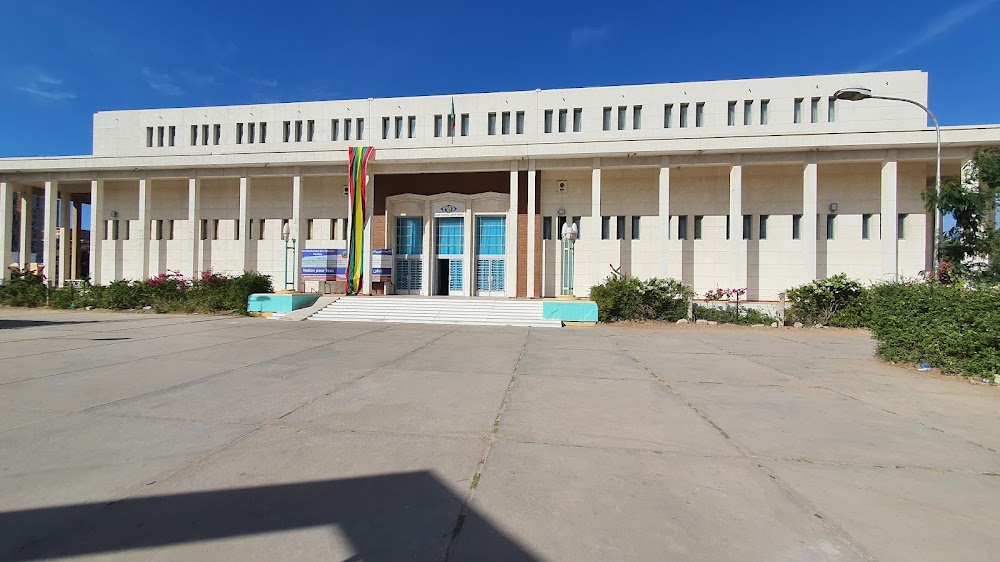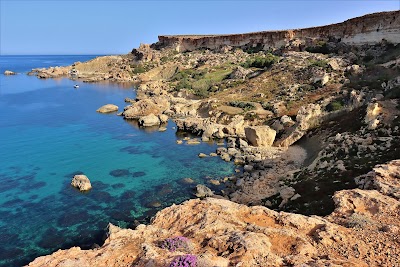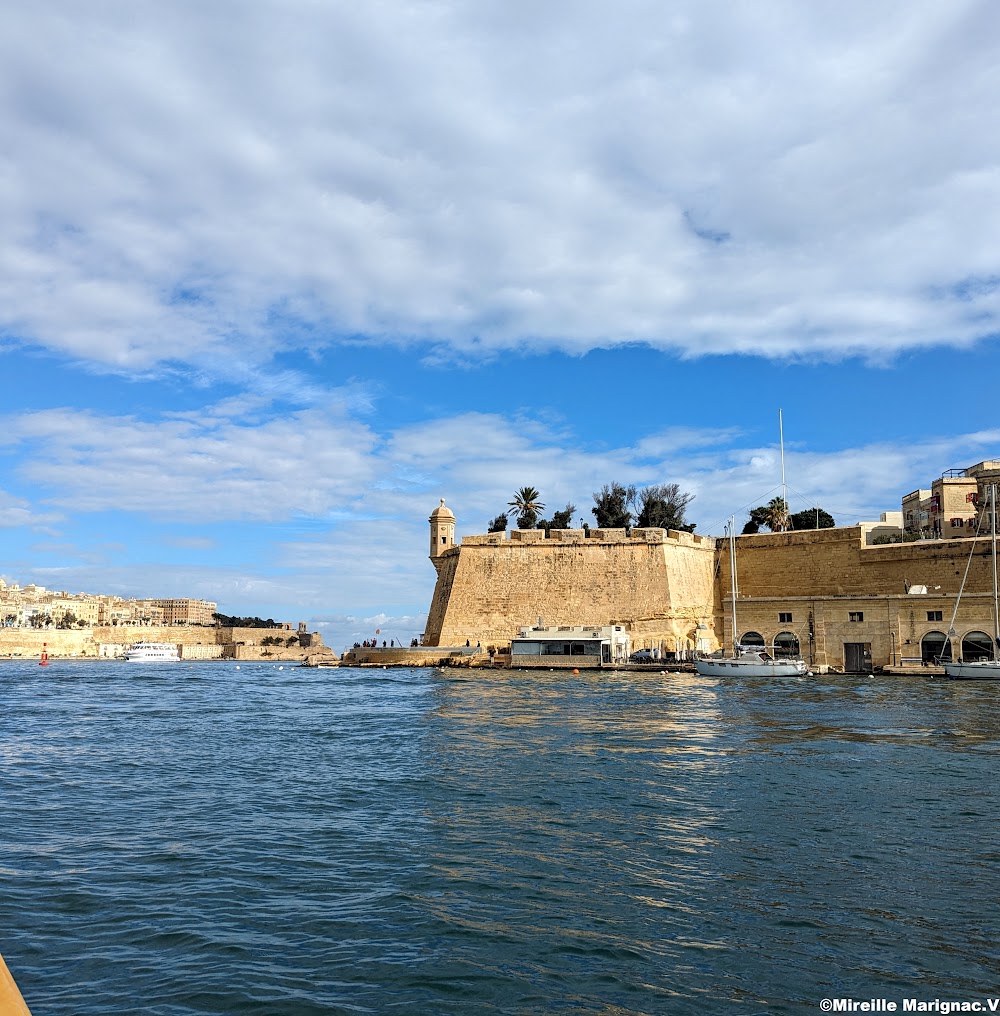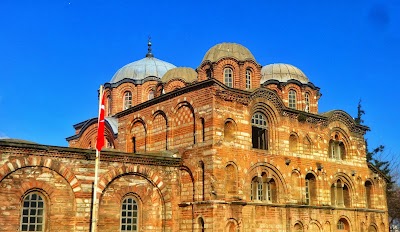Mosta Rotunda (Rotunda ta' Mosta)
Overview
The Mosta Rotunda, also known as the Rotunda of Santa Marija Assunta or Mosta Dome, is one of Malta’s most impressive architectural marvels, located in the charming city of Mosta. Built to replace an older church that could no longer meet the needs of a growing population, this ambitious structure was designed to be a grand landmark that would embody the spirit of the community.
Construction of the Rotunda commenced in 1833, led by architect Giorgio Grognet de Vassé, who drew significant inspiration from the iconic Pantheon in Rome. However, he infused the design with a distinctive neoclassical style, harmoniously blending ancient elements with modern vibrancy. The project was a true community effort, with local volunteers contributing significantly to its construction, showcasing the unity and commitment of the Mosta residents.
One of the most remarkable features of the Rotunda is its monumental dome, which measures an impressive 37 meters in diameter, making it one of the largest unsupported domes in the world. Constructing this dome presented a monumental engineering challenge, necessitating a complex system of support through massive walls and buttresses. Despite limited technology of the time, thousands of hand-hewn stones were meticulously crafted using traditional building techniques, reflecting the labor-intensive dedication of its builders.
After nearly 30 years of hard work, the Rotunda was finally inaugurated in 1860. Its vast interior can accommodate up to 10,000 people, transforming it into not just a place of worship but also a vibrant community gathering space. Inside, visitors can admire an array of stunning decorations, including intricate paintings, sculptures, and detailed architectural elements that showcase the artistic talents of the era.
A pivotal moment in the Rotunda’s history occurred during World War II. On April 9, 1942, a German bomb pierced the dome during an air raid but remarkably did not explode. This extraordinary event has become a significant part of local lore, symbolizing faith and resilience for the Maltese people. Today, a replica of the bomb is displayed in the church, serving as a poignant reminder of that fateful day.
Over the years, the Mosta Rotunda has undergone several restorations to preserve its structural integrity and aesthetic beauty. Challenges such as seismic activity and weathering have necessitated periodic interventions, yet the meticulous care taken in its maintenance ensures that it remains an awe-inspiring sight for future generations.
Today, the Mosta Rotunda is not only a cherished place of worship but also a popular destination for visitors and tourists, drawn by its rich history and architectural brilliance. It stands as a testament to the dedication, skill, and unity of the people of Mosta, continuing to be a central symbol of Malta’s vibrant cultural heritage.


